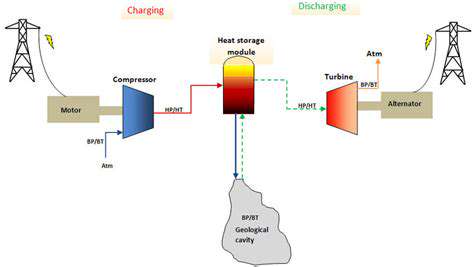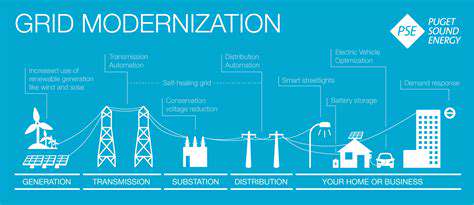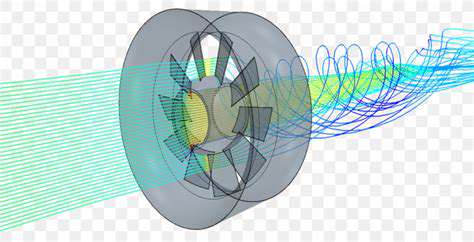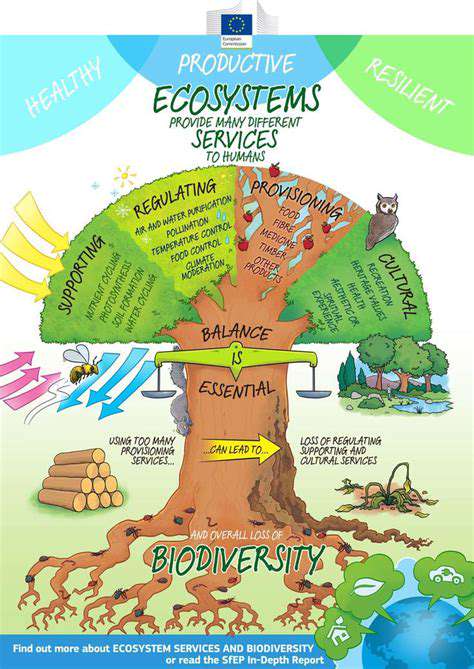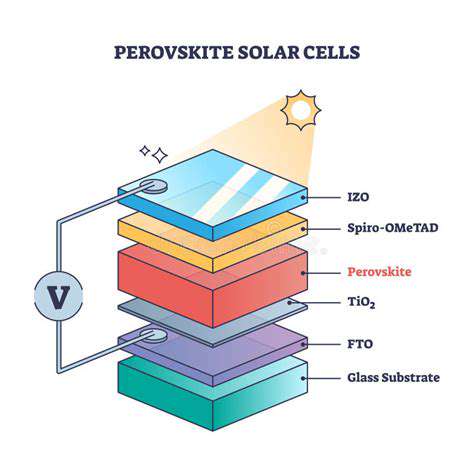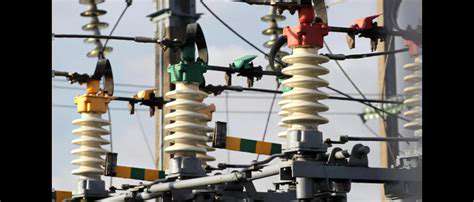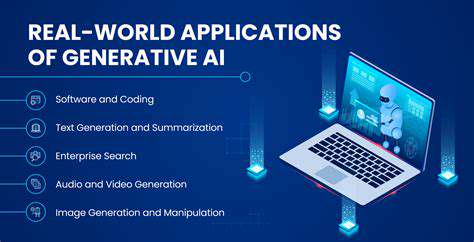Lithium Ion Batteries: Dominating the Energy Storage Market
The Rise of Lithium-Ion Technology
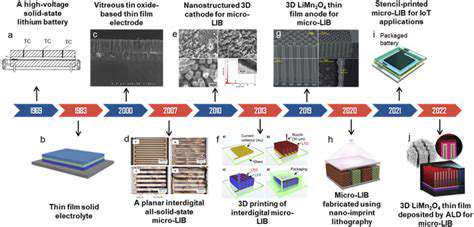
Early Development and Initial Applications
Lithium-ion batteries, which revolutionized energy storage, were born from the pursuit of lightweight yet powerful energy solutions. Pioneering research in the 1980s focused on optimizing lithium's electrochemical properties, leading to breakthroughs in materials science that would later enable mass adoption.
Initially, these batteries found their home in portable electronics where their compact size and reliable performance made them indispensable. While early applications were limited to devices like camcorders and medical implants, engineers already recognized their potential for broader use.
The Impact of Portable Electronics
The explosion of mobile devices in the late 1990s created an insatiable demand for better batteries. Consumers wanted smartphones that lasted longer between charges and laptops that didn't weigh down their briefcases. This consumer demand drove manufacturers to push lithium-ion technology beyond its previous limits.
As production scaled up globally, entire supply chains emerged to support the booming battery market. Countries with lithium reserves suddenly found themselves in strategic positions within the new energy economy.
Advancements in Battery Chemistry and Manufacturing
The turn of the century saw remarkable improvements in battery components. Researchers discovered that tweaking the chemical composition of cathodes could dramatically increase energy storage capacity. Simultaneously, new electrolyte formulations addressed safety concerns that had previously limited applications.
Perhaps most importantly, manufacturing innovations brought costs down by 80% between 2010-2020, making electric vehicles and grid storage economically viable for the first time.
Growth in Electric Vehicles
When automakers began serious EV development in the 2010s, lithium-ion technology was ready. The batteries' ability to deliver high power output while maintaining reasonable weight made them the only practical choice for electric transportation. Today's EVs achieve ranges that rival gasoline vehicles thanks to continuous battery improvements.
The synergy between battery advancements and automotive engineering has created a virtuous cycle of innovation. Each new battery breakthrough enables better vehicle designs, which in turn drives demand for even better batteries.
Expansion into Stationary Storage
Utility companies now deploy massive lithium-ion batteries to stabilize power grids and store renewable energy. These installations help balance supply and demand, making wind and solar power more reliable. Homeowners too are adopting battery systems, with some combining them with rooftop solar for energy independence.
Challenges and Future Directions
Despite the progress, engineers face significant hurdles. Cobalt dependency raises ethical concerns, while battery fires remain a rare but serious risk. Researchers are exploring solid-state designs and alternative chemistries that could solve these issues. The next decade may see lithium batteries replaced by fundamentally different technologies.
Emerging applications like electric aviation demand batteries with even higher energy density. Meanwhile, recycling infrastructure must expand dramatically to handle the coming wave of spent EV batteries reaching end-of-life.
Environmental Concerns and Sustainability
Lithium mining's water usage and habitat impact have drawn criticism, prompting innovation in extraction methods. Battery recycling rates remain disappointingly low, though new processes promise to recover over 95% of materials. The industry's environmental footprint may ultimately determine whether lithium-ion technology remains viable long-term.
Forward-thinking companies are investing in closed-loop systems where old batteries become the raw materials for new ones. Such circular approaches could mitigate many environmental concerns while ensuring stable material supplies.
Applications Across Diverse Sectors

Financial Sector Applications
Banks now use battery-powered mobile payment systems in remote areas lacking grid electricity. Digital currency mining operations increasingly rely on lithium-ion buffers to smooth out power fluctuations. These applications demonstrate how energy storage enables financial inclusion and innovation.
ATMs with battery backup ensure uninterrupted service during blackouts, while portable point-of-sale devices powered by lithium batteries have revolutionized street vending and pop-up shops.
Healthcare Applications
From portable ultrasound machines to insulin pumps, medical devices increasingly depend on lithium-ion power. Perhaps most crucially, battery-powered mobile clinics bring healthcare to underserved regions. These units can operate for days without grid power, storing solar energy during daylight for nighttime use.
Researchers are developing biodegradable batteries for temporary implants that power themselves out after completing their medical function, eliminating removal surgeries.
Manufacturing Applications
Factories employ fleets of battery-powered autonomous vehicles for material handling, eliminating trip hazards from power cords. Portable diagnostic tools allow maintenance crews to troubleshoot equipment without shutting down production lines. These applications reduce downtime while improving worker safety.
Some manufacturers are experimenting with battery-powered exoskeletons that reduce worker fatigue during repetitive tasks, potentially lowering injury rates in physically demanding jobs.
Retail Applications
Stores now use battery-powered electronic shelf labels that update prices instantly across entire chains. Mobile checkout stations allow clerks to assist customers anywhere in the store. These innovations create seamless shopping experiences while reducing operational costs.
During power outages, battery-backed refrigeration keeps perishables fresh, preventing thousands in lost inventory. Some retailers even use battery systems to participate in demand-response programs, earning revenue by reducing grid load during peaks.
Transportation Applications
Beyond passenger vehicles, batteries power everything from electric buses to cargo bikes making last-mile deliveries. Port harbors are adopting battery-powered cranes and forklifts, reducing diesel emissions in sensitive urban areas. These applications demonstrate lithium-ion technology's versatility across transport modes.
Even traditional automakers now use battery-powered tools on assembly lines, eliminating pneumatic systems that wasted energy compressing air. The ripple effects of battery adoption continue transforming industries in unexpected ways.
